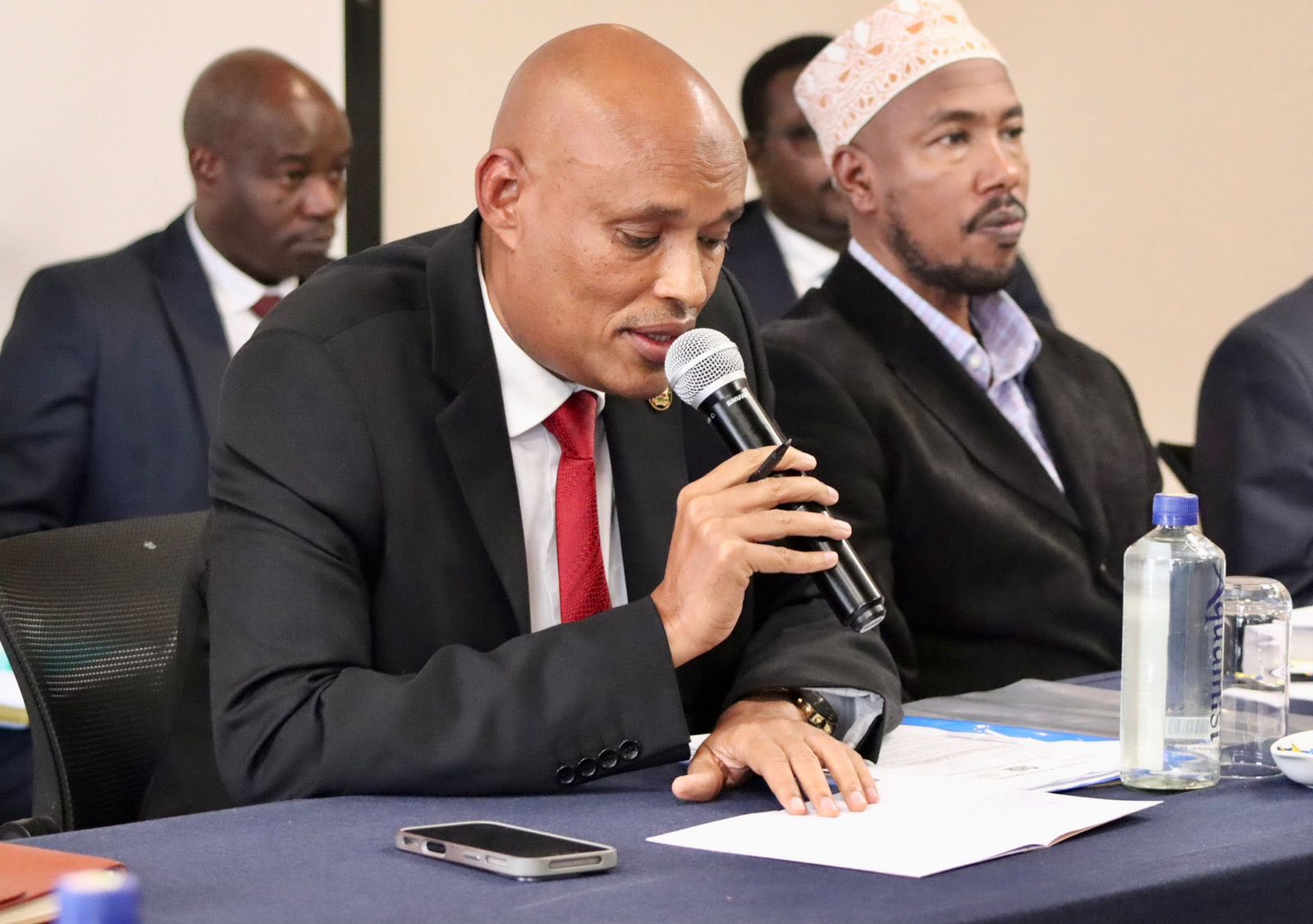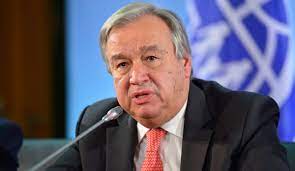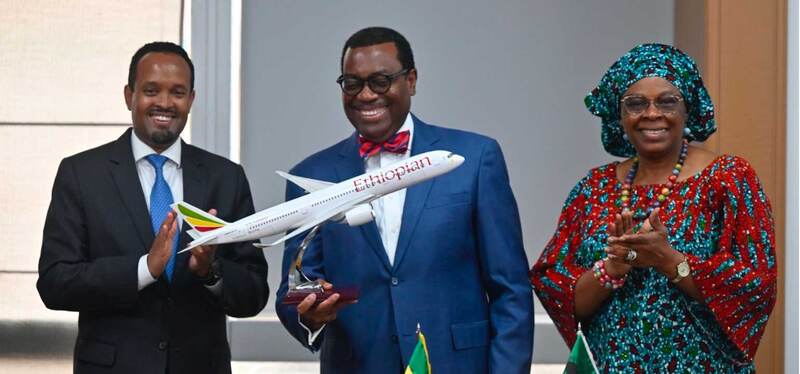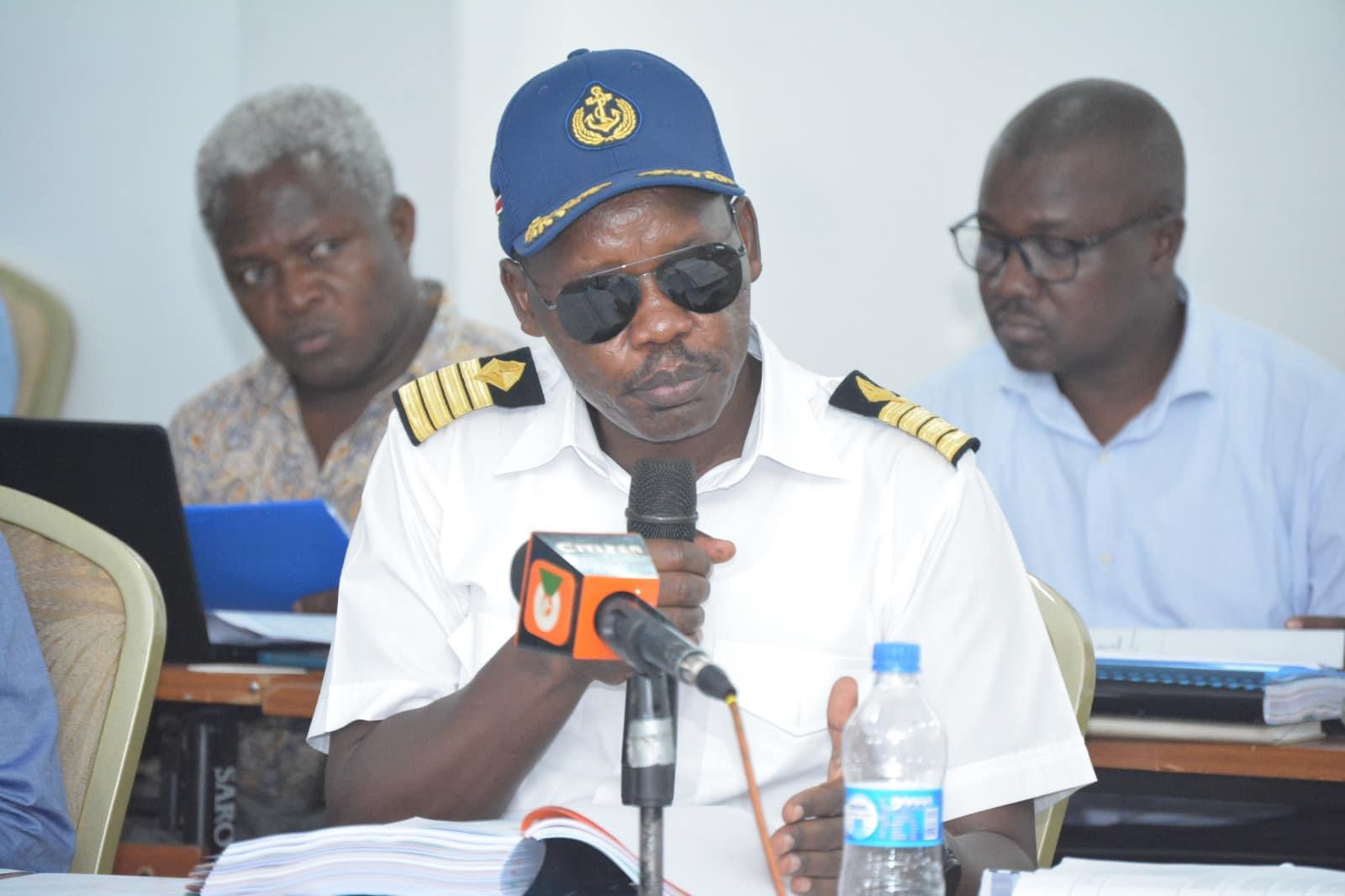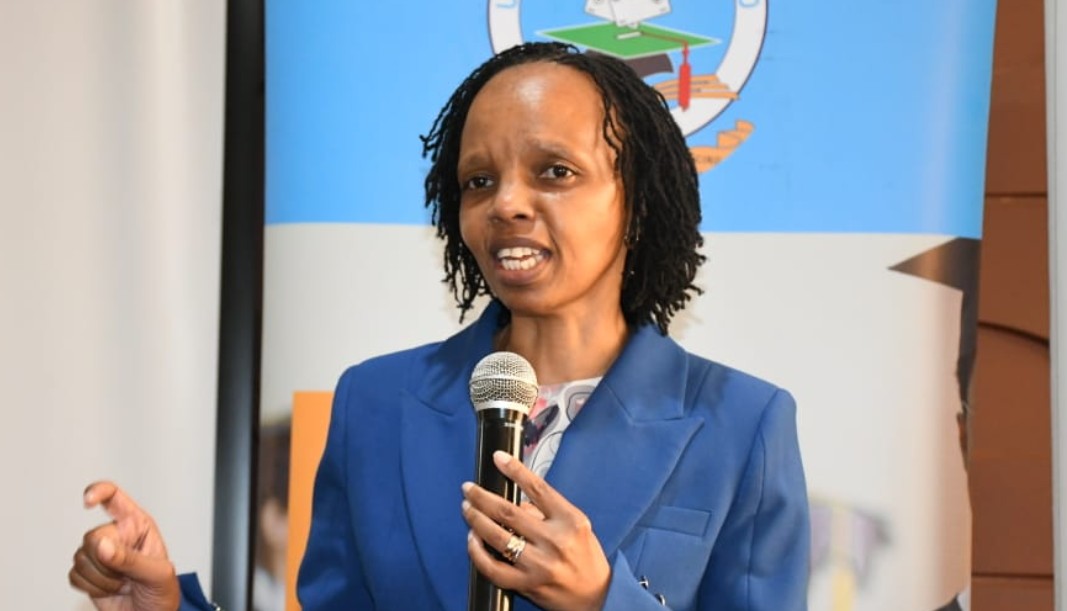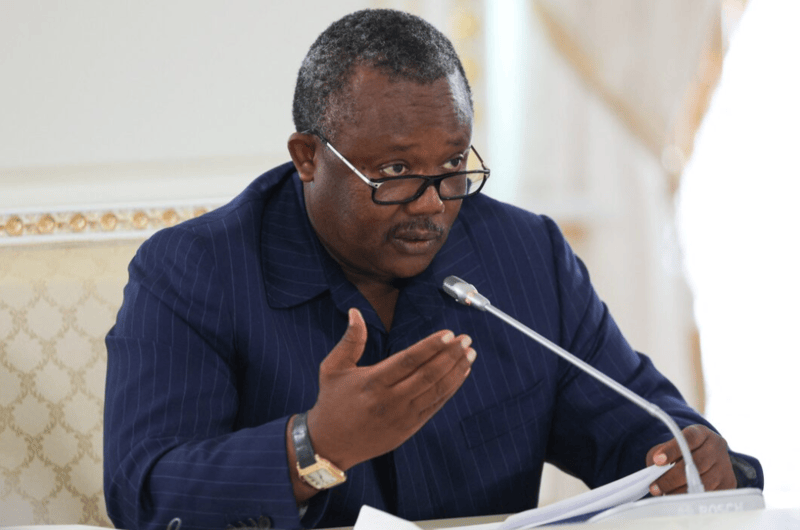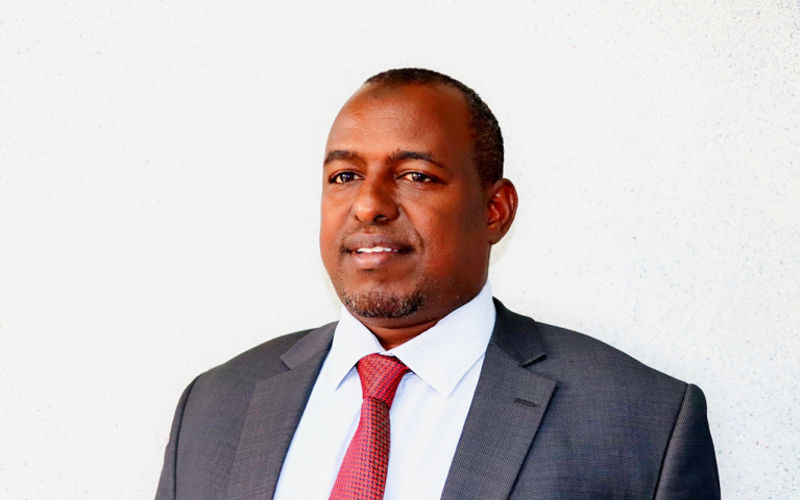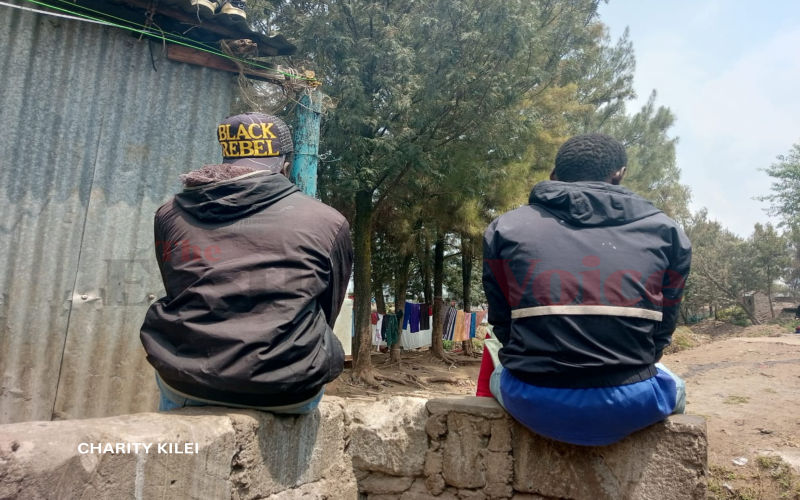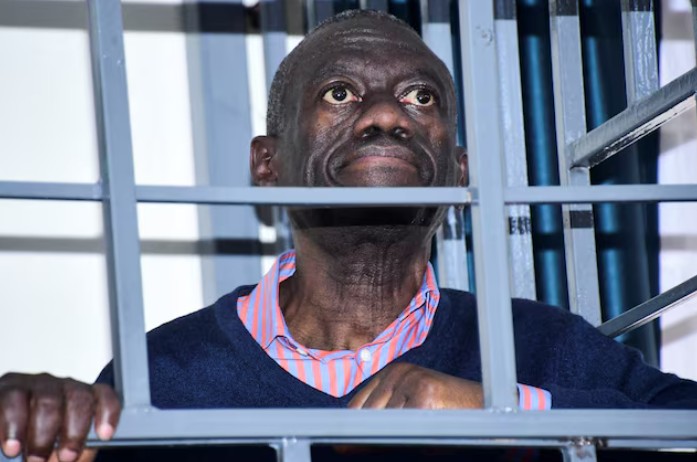Faith Kipyegon is set to make Olympics history – what Kenya needs to do to keep producing athletes like her
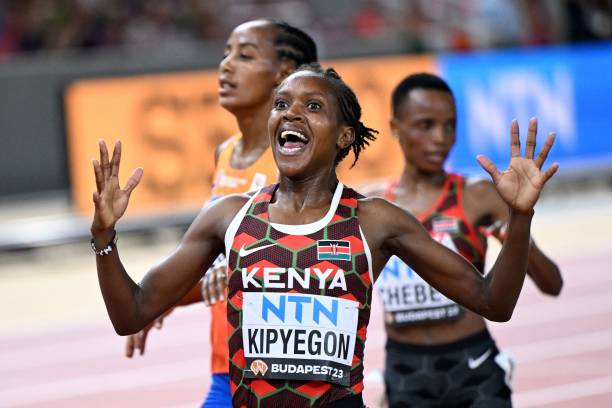
Kipyegon is a shining example of Kenya’s global dominance in distance running.
Kenyan running star Faith Kipyegon is considered one of the greatest 1,500m athletes the world has ever seen. If she wins her third consecutive Olympic gold in Paris, she’ll become the first athlete in the history of the event to achieve this feat, male or female.
She holds world records in the 1,500m and one-mile events and is a former world record holder in the 5,000m. Kipyegon is a shining example of Kenya’s global dominance in distance running.
More To Read
- Kipyegon, Chebet lead Kenya's charge as 58 athletes named for World Championships in Tokyo
- Poor facilities hurting Kenyan athletes - Kipyegon, Chebet warn
- Kipyegon, Chebet hail historic feats after smashing world records
- Kipyegon credits missed mile target for fuelling her world record in Eugene
- Faith Kipyegon leads Kenya’s record-breaking night in Eugene
- Faith Kipyegon’s record mile falls just short of sub-4 barrier
But, as a scholar who researches East African sports, her success raises a crucial question: how can Kenya ensure a flow of talent like hers in the future?
Securing international medals is increasingly becoming a challenge. Every nation wants to be represented on the awards podium. There are concerns about Kenya sustaining its success, especially given the rivalry from East African-born migrant athletes running for other countries.
How can Kenya keep excelling on the athletics track? To answer that question, I first look at what’s behind Kipyegon’s success, and, drawing from this and broader studies, I then propose a roadmap of seven key factors that the country must focus on.
Behind Kipyegon’s success
Kipyegon’s career is a good place to understand what’s gone right with Kenya’s athletics training system. The reasons for her success include her talent and work ethic and her positive and humble attitude. But central is the nurturing environment she trained in.
Born in 1994 on a rural Kenyan farm in the Rift Valley, she walked and jogged many miles to and from school. (According to research, one of the factors that shape the most successful Kenyan and Ethiopian distance runners is growing up walking and jogging between 5km and 20km daily to and from school.)
Early exposure to a running culture within Kipyegon’s own family and at school was important. Her potential was identified by her physical education teacher. By the time she was 16, she had already placed 4th in the World Cross Country Championships.
Complementing this has been a growing training methodology that’s identified with Kenya’s high-altitude athletics camps. The training is characterised by high intensity group sessions. Running at high altitudes means there is less oxygen and athletes tire more easily. The camps have become renowned for pushing athletes like Kipyegon to the limits of their endurance. The competitive environment also fosters camaraderie and a drive for excellence.
There are more than a dozen such camps scattered around the Rift Valley that are staffed with coaches who provide structured training and mentorship. Such coaches have played a vital role in Kipyegon’s development. Retired elite athlete Patrick Sang, for example, has trained multiple Olympic champions including Kipyegon and Eliud Kipchoge.
Given the low incomes of many rural families, running offers a pathway out of poverty for many children in the regions that have had a history of producing and nurturing successful athletes. This has also been a strong motivator for athletes like Kipyegon.
7 ways Kenya can maintain this flow of talent
In my view, seven key factors can help Kenya ensure a continuous pipeline of talent.
Grassroots development. Investing in programmes to identify talent and encourage participation at a school level can be achieved through partnerships between schools, communities, government and Athletics Kenya. This can involve scouting competitions and talent and fitness assessments.
Diversifying training. While high-altitude training has been effective, alternative methods must be incorporated to produce well-rounded athletes. This should include strength training to build muscle power and also prevent injuries. Injury prevention training must include stretching, mobility exercises and access to qualified physiotherapists. Sports science fundamentals must be used to create personalised training plans based on individual physiology and performance data. Additionally, Kenya needs to diversify its athletics pool to embrace field events and sprints apart from distance running.
Financial support. Although schools have organised sports, there is a need for financial support for coaches and the upgrading of facilities. And training is costly in terms of equipment, travel and accessing camps. There’s a need for a fund to enable athletes, starting with junior age group events, to focus on training and competition. A sustainable support system for athletes must involve sponsorships, government grants and post-retirement career opportunities. The sorry financial state of many retired athletes should inform strategies to help athletes manage resources.
Gender equality. Kenya’s dominance in distance running has mostly had to do with male athletes. Although women like Kipyegon have emerged, there remains a gender gap in opportunities and resources. Encouraging equal participation and resources for girls in running programmes is crucial.
Combating doping. Protecting the integrity of the sport is essential. The upsurge in doping-related incidents involving Kenyan athletes calls for continued investment in anti-doping education and stricter regulations.
Holistic development. While talent is crucial, so is investing in educational programmes for young athletes. This ensures well-rounded development and prepares them for careers beyond competitive athletics. Providing access to sports psychologists can help athletes manage the mental demands of competition, training and life. A holistic support system should also focus on nutritional guidance to optimise performance and recovery.
Embracing technology. Finally, there has to be an investment and incorporation of technological advancement. Kenyan athletes must explore wearable technology and data analysis to track progress and optimise training.
Top Stories Today
- 10 minutes of sunlight: The science-backed brain boost you’re likely overlooking
- Eight insurance firms suspend cover at Nairobi Hospital over soaring treatment costs
- MPs fault top state agencies over weak accountability, stalled reforms
- Four CSs in fresh legal battle over Sh50 e-Citizen fee
- KUCCPS reopens TVET applications for September intake, cuts fees to widen access
- KPA’s tariff hike draws uproar ahead of September rollout
